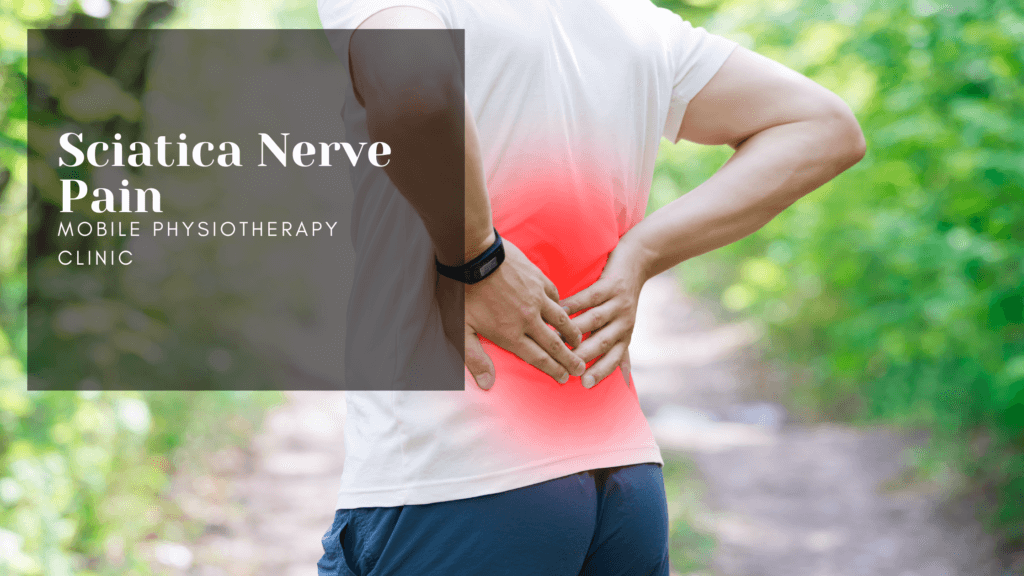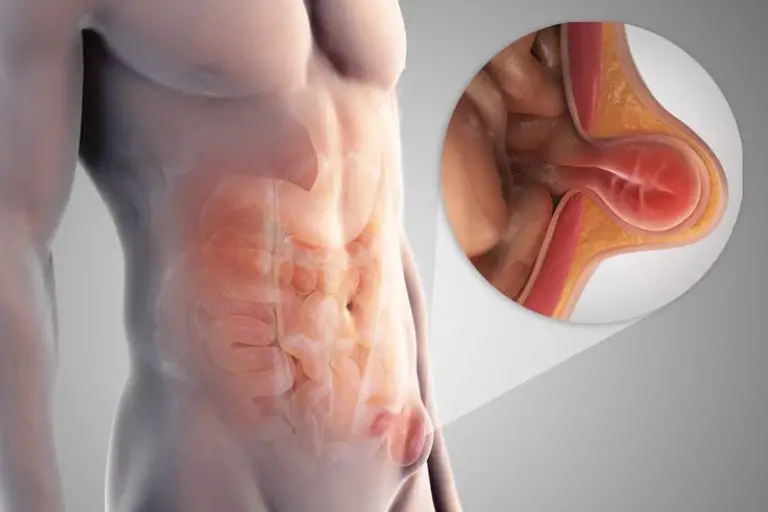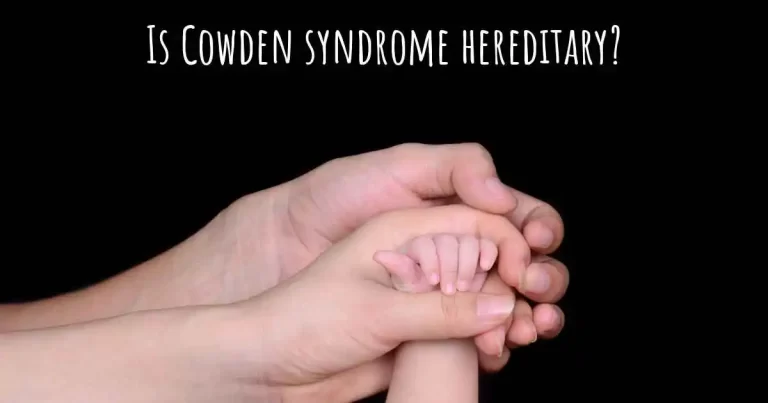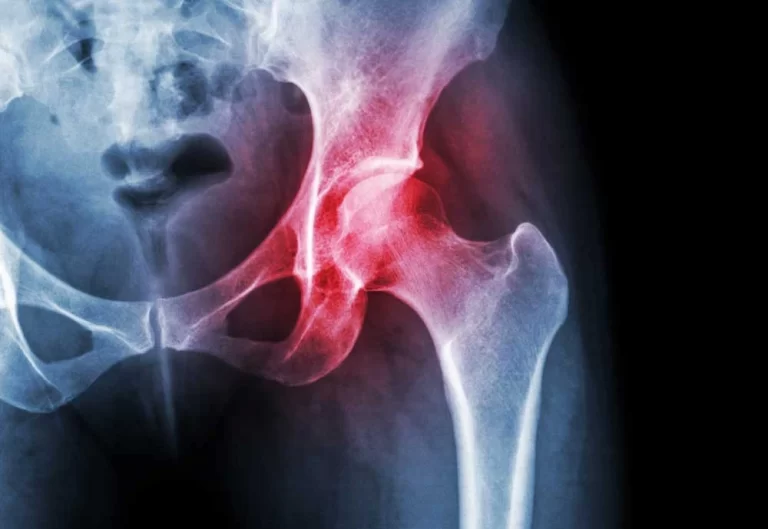Sciatica Nerve Pain
Sciatica Nerve Pain is if you develop a pain that starts in your lower back or buttock and which radiates down your leg, your problem can be sciatica.
Sciatica pain is mainly described with a wide variety of characteristics. This pain has the potential to worsen over time and can become debilitating. The pain might come and go or stay for longer periods and can get relieved with certain postures, exercises and medications.
What is Sciatica Nerve Pain?
Sciatica is an irritation of the sciatic nerve, which is known as the largest nerve in the human body. Sciatic nerves generally originate from several nerves in your lower back. These nerves branch outward from the spine and then it come together at each buttock to form the sciatic nerve, and then it radiates down each leg.
Symptoms of Sciatica Nerve Pain
The typical first symptom is lower back pain that travels down one leg and most of the symptoms include:
- Feelings of altered reflexes or muscle weakness.
- Dull, shooting, aching, or “burning” pain that starts in your lower back and/or buttock and radiates down one of your legs. Back pain accompanied by leg pain is the key symptom that suggests you have sciatica rather than another type of any back pain.
- Neuropathies such as numbness or a “needles and pins” tingling sensation.
Depending on the location of the compressed nerve, your symptoms may worsen when you bend over, lift objects, twist, sit down, sneeze or cough.
Causes of Sciatica Nerve Pain
Irritation of the sciatic nerve is mainly caused by nerve root entrapment (also known as nerve compression, entrapment neuropathy or pinched nerve). This particular form of entrapment is called lumbar radiculopathy, since the damaged nerve roots are located in the lumbar (low back) portion of the spine. The nerve compression itself can be caused by:
- Spinal stenosis – a narrowing of the canal that houses the spinal nerves.
- A herniated disc – also known as a ruptured or slipped disc – in which the gel-like center of an intervertebral disc of the spine sticks out through a tear in its outer ring (called the annulus). This slippage puts pressure on the nerve roots located just next to the disc. Herniated discs can be brought on by wear-and-tear over time or by an acute back injury.
- Inflammation of nearby anatomical structures caused by:
- diseases such as tumors or infections.
- bone or muscle injuries.
- pregnancy.
What to do?
Mild sciatica might go away on its own. Self-care measures that can help include ceasing all activity that causes pain, performing stretches of your lower back, applying an ice pack intermittently to the area causing pain can also help, and taking NSAIDs (Nonsteroidal Anti Inflammatory Drugs) like Ibuprofen.
When should I see a doctor?
If icing, rest or other self-care methods have not improved your condition after three days, consult a physiatrist. Spine surgeon or your primary care doctor and discuss your symptoms. If you experience severe tingling, numbness or problems urinating, see a doctor as soon as possible.
Diagnosis Sciatica Nerve Pain
The doctor will first perform a history and physical examination, and then X-rays and MRI scans will confirm whether there is a lumbar nerve root compression.
Treatment Sciatica Nerve Pain
Nonsurgical treatments may include applying cold packs or heat, medications and/or physical therapy. In some cases, epidural steroid injections may also help you return to full activity. Severe cases may require spinal decompression surgery.
Conservative, nonsurgical treatment
Conservative treatment is aimed at pain reduction. It may include:
- muscle relaxant medications
- alternative therapies such as acupuncture
- Physiotherapy Treatment
- applying heat or cold packs (the choice of which usually depends on the length of time you have had symptoms)
- NSAIDs (nonsteroidal anti-inflammatory drugs) or other pain medications
Your doctor or physiotherapist can give you instruction about proper bending and lifting to avoid aggravating your condition. In some cases, epidural steroid injections might also help you return to full activity. Most people with sciatica can get relief from their symptoms within several months.
Physiotherapy Treatment:
Physiotherapy treatment in sciatica nerve pain are mostly pain relieving Electrotherapy Modalities such as Interferential Therapy (IFT), TENS (Transcutaneous Electrical Nervous stimulation), Lumbar Traction, Ultrasound Therapy (US), Short Wave Diathermy (SWD) are useful.
Exercise in Sciatica nerve pain are variable according to diagnosis and cause of pain, If you have diagnosed Disc prolapse with sciatica nerve pain then you recommended Mackenzie Method of Back extension exercise, but if you diagnosed Lumbar spondylolisthesis you should do Back flexion exercise and avoid Back extension exercise. so we recommended not to do exercise directly without consulting Physiotherapist.
Surgical treatment
For those patients who do not respond conservative care and disabling sciatica, experience persistent, surgery may be warranted. Your doctor should determine whether you are a candidate for surgery based on the duration and severity of symptoms. If your condition is causing cauda equina syndrome (which includes symptoms such as bladder dysfunction, incontinence or severe numbness in the buttocks) can be an indication that you should have immediate surgery.
The surgical treatment for sciatica is spinal decompression surgery. The goal is to remove any stenosis (narrowing of canal) or disc herniation that is pressing on the affected lumbar nerve to ease the leg pain and associated symptoms of weakness and numbness. There are several different decompression surgeries, depending on which nerve roots are affected. These includes::
- laminectomy
- laminoplasty
- laminotomy
- microdiscectomy (also known as spinal microdecompression)
Mostly, more than 92% of sciatica surgery patients have successful outcomes.








7 Comments